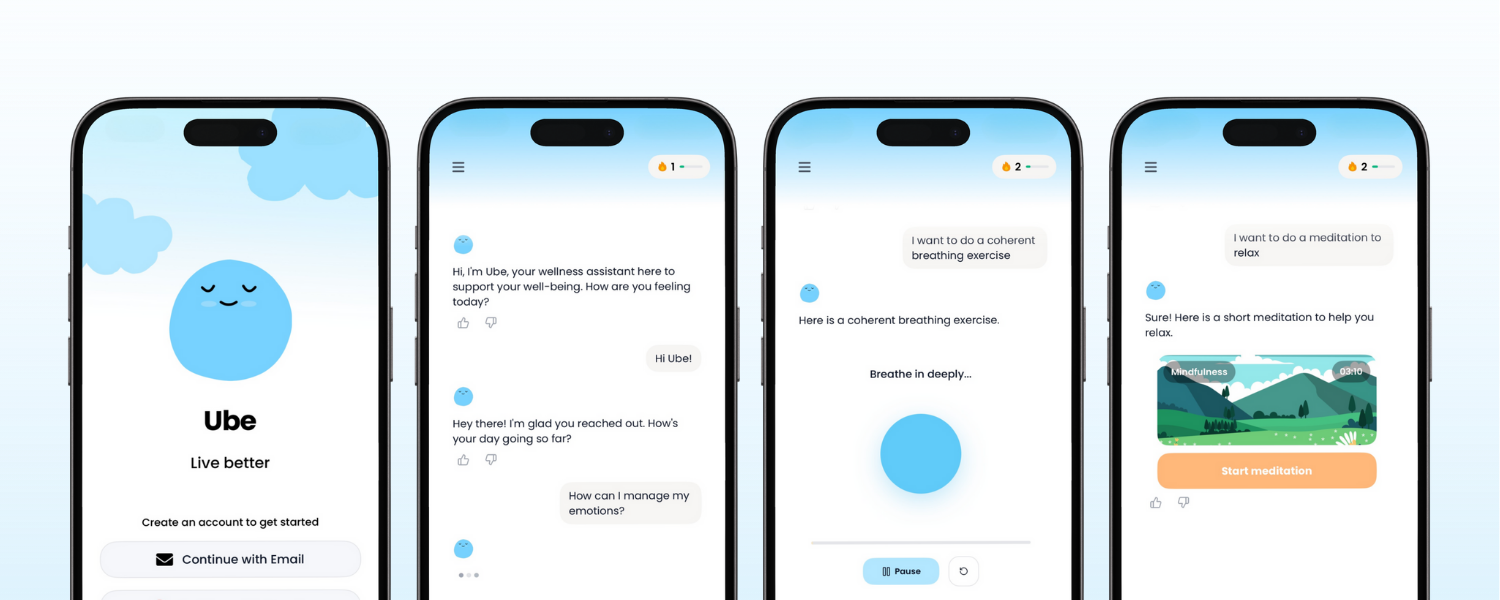If your brain seems to wake up right when your body wants to slow down, you are not alone. Many people search for 3 tips to manage anxiety before bed because nights amplify what the day muffles. The goal is not perfection or eight hours on demand. The goal is to make anxiety a little quieter so sleep can do its job. In the next few minutes, you will learn three targeted habits that ease sleep anxiety without overhauling your life. You will see how body cues, thought patterns, and your bedroom environment all work together, and how small adjustments can create a compounding effect by the end of the week.

Tip 1: Train your body to wind down
Your nervous system listens to light, temperature, and timing. Start by creating a 60-minute wind-down window with dimmer, warmer light and screens set to the lowest brightness or ideally set aside. Evening light, especially blue-rich light, tells the brain to delay melatonin, so dial it down and let darkness do quiet work. If you need specifics, the CDC’s guidance on sleep hygiene offers clear basics on timing, caffeine, and light exposure (CDC). Pair this with a consistent bedtime and wake time, even on weekends, to steady your circadian rhythm and strengthen your natural sleep drive.
Temperature is your ally. A warm shower or bath 90 minutes before bed helps the body release heat, which makes it easier to fall asleep. Then keep your room cool and airy to invite drowsiness. If late-night snacks or alcohol are part of your routine, experiment with earlier cutoffs. Alcohol can make you sleepy but causes fragmented sleep, which feeds next-day anxiety. Build a simple pre-sleep ritual that signals safety to your brain, like a short stretch, a few slow breaths, and lights out at a consistent time. Over a week, these cues teach your body that it is safe to rest, which makes insomnia relief more likely.
Tip 2: Tame mental loops with pen and breath
Racing thoughts hate structure. Give them one. Set a 10-minute “worry time” earlier in the evening to offload concerns onto paper, then switch to a brief solutions column or a next-step for each item. When you climb into bed, keep a notepad for a quick “parking lot” jot if something new pops up. Your goal is not perfect planning. Your goal is a cleaner mental runway so your brain is not negotiating with itself at 11:30 p.m. This simple ritual reduces rumination and frees attention for sleep.
Next, pair writing with a reliable downshift for your body. Try a gentle physiological sigh - inhale through the nose, take a second short sip of air, then exhale slowly through the mouth. Repeat 3 to 5 times. Or practice a 4-6 breath cadence, where the exhale is longer than the inhale. These are evidence-informed calming techniques that activate the parasympathetic system. For more options, review relaxation methods like progressive muscle relaxation or guided body scans from reputable sources such as the NCCIH. When you link breath with brief journaling, you address both cognition and physiology - the duo that keeps nighttime stress going.
Tip 3: Create a safer sensory bubble
Your bedroom should make distractions scarce and comfort obvious. Cover LEDs, turn your clock face away, and use soft, indirect light for the last 30 minutes. If your mind latches onto small noises, a steady white noise can smooth the soundscape. Keep the bed for sleep and intimacy only. If you are awake and restless for around 20 minutes, get up, keep lights low, and do something calm until your eyelids feel heavier. This stimulus control protects your brain from linking the bed with anxiety.
Consider a short body scan or a cognitive shuffle - imagine random, neutral objects like “teacup, mailbox, lemon,” then move on quickly. It is hard for worry to sprint when attention is gently occupied. Use scent association, like a drop of lavender on a tissue used only at night, to inform your nervous system that it is safe to drift. Think of your room as a cue for quiet. The more consistent the cues, the faster your body recognizes bedtime routine equals rest.
Why does anxiety spike at night?
Evenings remove noise and deadlines, so unprocessed stress gets louder. Blood sugar fluctuations, loneliness, and unfinished tasks can prime the default mode network, which fuels mental time travel and what-ifs. There is nothing wrong with you if this happens. It is an understandable brain response to stillness. Proven approaches like cognitive behavioral therapy for insomnia reframe unhelpful thoughts and adjust sleep habits without medication. If you are curious, read a primer on CBT-I from the Mayo Clinic to see how it treats both sleep and worry together (Mayo Clinic).
You can also adjust daytime inputs that echo at night. Try earlier light exposure in the morning to anchor circadian timing, and move intense exercise to late afternoon rather than late evening. Limit stimulants after midday and build a brief evening shutdown ritual where you list tomorrow’s top tasks. That way, your brain is not trying to run project management at lights out. Over days, these cues teach your system that it is safe to relax, which reduces nighttime stress that masquerades as productivity.
Bringing it together tonight
Put it all together in 15 minutes. Dim the lights, set your phone aside, and take a warm shower. Sit down with a notepad for a five-minute brain dump followed by one tiny next step per item. Then do three rounds of the physiological sigh or a slow 4-6 breath pattern, followed by a one-minute micro body scan from toes to scalp. If sleep does not come quickly, repeat a cognitive shuffle with gentle curiosity instead of pressure. You are not trying to force sleep. You are creating the conditions where sleep can find you.
A final thought: progress shows up as fewer awakenings, easier returns to sleep, and calmer evenings, not just 8 hours flat. If anxiety is severe, persistent, or comes with panic, consult a clinician. And if you want company while you practice, Ube can guide breathing exercises, offer a short journaling prompt, and track what helps on different nights. Try one change tonight. Small, steady wins often beat dramatic overhauls when your goal is calmer sleep.
